The phone was launched on 2020, March 13, with a price of around About 160 EUR in Nepal. It runs on Android 10, upgradable to Android 12, One UI Core 4.1, featuring a 6.4 inches, 100.5 cm2 (~81.6% screen-to-body ratio) touchscreen display, and has 32GB 2GB RAM, 32GB 3GB RAM, 64GB 3GB RAM, 64GB 4GB RAM. Phone is powered by a Li-Po 4000 mAh, non-removable battery, the device ensures ...
Display and Design
The phone sports a 6.4 inches, 100.5 cm2 (~81.6% screen-to-body ratio) touchscreen display with a resolution of 720 x 1560 pixels, 19.5:9 ratio (~268 ppi density). With a PLS LCD screen, this device offers a smooth visual experience, available in color variants like Black, White, Blue, Red.
Performance, Storage, and Battery
The phone runs Android 10, upgradable to Android 12, One UI Core 4.1, featuring N/A and powered by a Qualcomm SDM450 Snapdragon 450 (14 nm), Octa-core 1.8 GHz Cortex-A53. Equipped with 32GB 2GB RAM, 32GB 3GB RAM, 64GB 3GB RAM, 64GB 4GB RAM and internal storage, the phone weighs 177 g (6.24 oz) and measures 161.4 x 76.3 x 8 mm (6.35 x 3.00 x 0.31 in). It also houses a robust Li-Po 4000 mAh, non-removable battery for extensive usage.
Camera
The rear camera setup includes a 13 MP, f/1.8, 27mm (wide), AF 5 MP, f/2.2, 115˚ (ultrawide) 2 MP, f/2.4, (depth) and It supports 1080p@30fps video recording. For selfies, the device includes a 8 MP, f/2.0 front camera, also supporting 1080p@30fps video recording.
Samsung Galaxy A11 Connectivity and Sensors
The Samsung Galaxy A11 offers connectivity options like 3G, 4G, 5G, Wi-Fi, GPS, Bluetooth 4.2, A2DP, LE, USB with USB Type-C 2.0, and HSPA 42.2/5.76 Mbps, LTE Cat4 150/50 Mbps. It supports Single SIM (Nano-SIM) or Dual SIM (Nano-SIM, dual stand-by) and includes sensors like Fingerprint (rear-mounted), accelerometer, proximity.

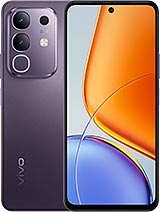


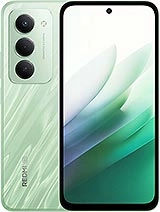

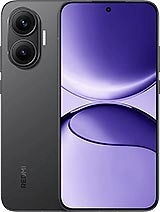

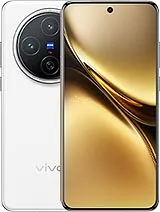




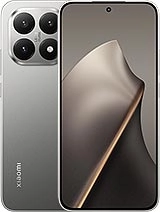
-price-in-nepal.webp)

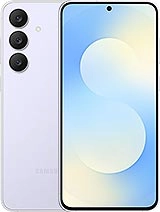

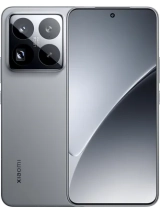




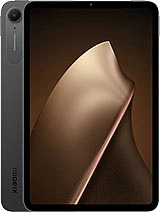
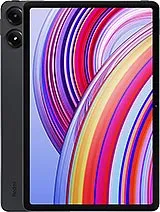




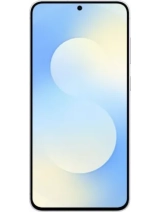 Samsung Galaxy S26 FE
Samsung Galaxy S26 FE
 Samsung Galaxy Watch7
Samsung Galaxy Watch7
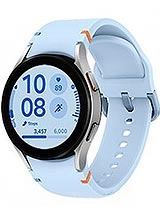 Samsung Galaxy Watch FE
Samsung Galaxy Watch FE
 Samsung Galaxy M17 5G
Samsung Galaxy M17 5G
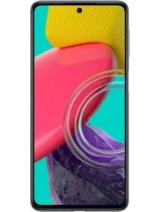 Samsung Galaxy M18 5G
Samsung Galaxy M18 5G